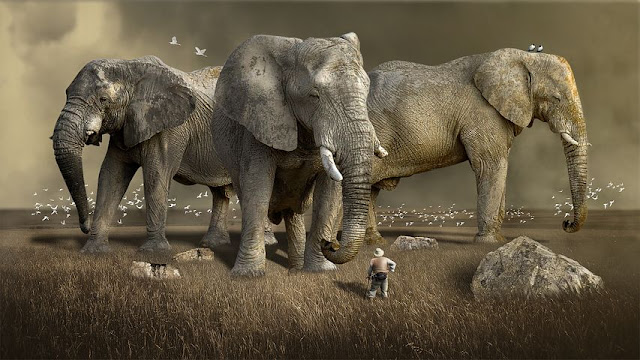WILDLIFE-What You Should Have Asked Your Teachers About(Defination,Importance,Types,Conservation,Sanctuaries)

WILDLIFE- Basic Defination WILDLIFE generally refers to the animal species which are not domesticated by others. It includes all plants, fungi and other organisms that grow and live wild in an area without being introduced by humans. In popular term we usually refers to the animals that are untouched by human factors but most scientists agree that much wildlife is affected by human activities. It can be found in all ecosystems like deserts, forests, rain forests, plains, grasslands and other areas including the most developed urban areas all have distinct forms of wildlife. Humans have historically tended to seperate civilization from wildlife in a number of ways, including the legal, social and moral senses. Some animals, however have adapted to suburban environments. This includes such animals as domesticated cats, dogs, mice and gerbils. Some religions declare certain animals to be sacred and in modern times concern for the natural environment has provoked activists to protest
